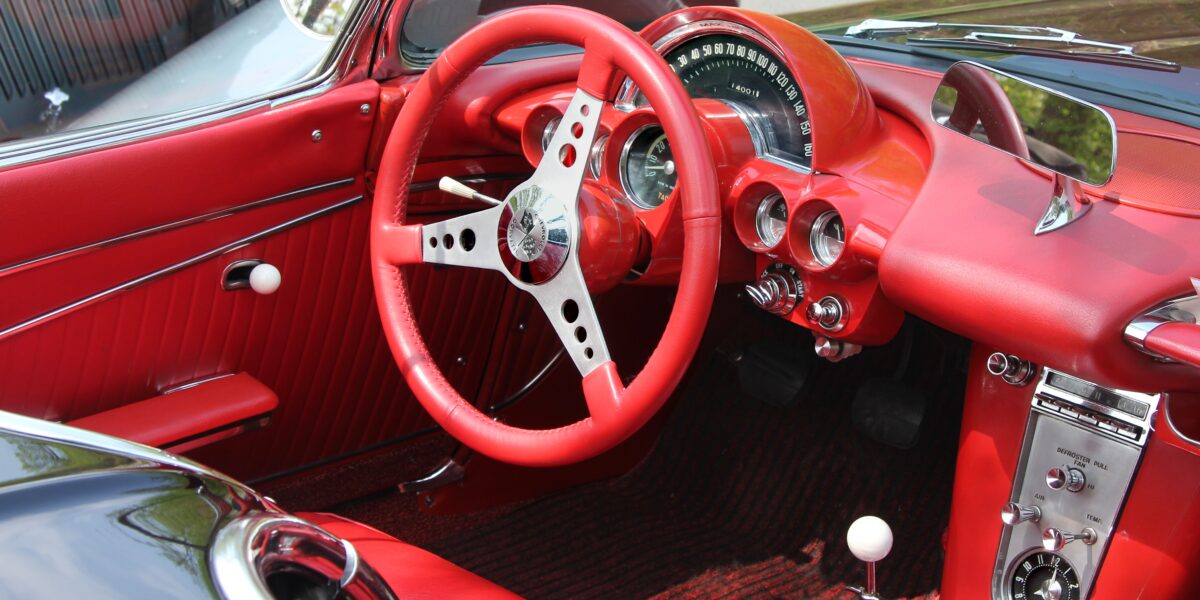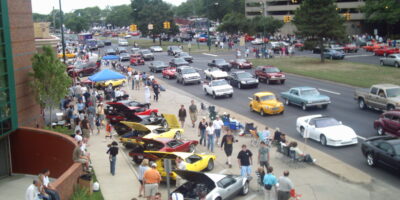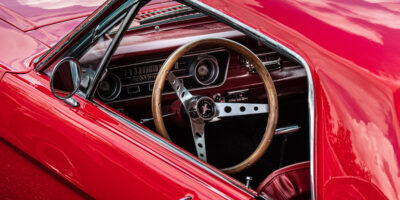The 1960 Corvette: A Mid-Century Marvel
The 1960 Corvette stands as one of Chevrolet’s most iconic models from the golden age of American automotive design. Built during the third year of the second generation of Corvettes (1958-1962), the ’60 model combined elegance and performance, setting a benchmark for the era’s sports cars.
Engineering and Design
Under the hood, the 1960 Corvette featured a range of engine options. The base engine was a 283 cubic inch V8, capable of producing 230 horsepower. Buyers could upgrade to more powerful variations, including fuel-injected versions reaching up to 315 horsepower. These high-performance engines gave the Corvette a significant edge in speed and responsiveness.
The car’s body received refined aesthetics with subtle changes from previous models. It retained the clean-lines and dual headlight design first introduced in 1958. A notable update came in the form of a distinctive grille with a fine mesh pattern. The car also sported chrome details, enhancing its sleek and stylish appearance.
Mechanical Features

The 1960 Corvette featured a solid rear axle, which was typical of the period. The front suspension utilized independent coil springs. This combination provided a balance between comfort and control, allowing for spirited driving on various road conditions. Four-wheel hydraulic drum brakes were standard, delivering reliable stopping power.
Transmission options included a 3-speed manual as standard. Performance enthusiasts could opt for a 4-speed manual or a 2-speed Powerglide automatic transmission. These choices allowed for a customizable driving experience, catering to diverse preferences.
Interior Design
The interior of the 1960 Corvette emphasized driver comfort and accessibility. Bucket seats provided ample support, wrapped in high-quality materials like vinyl and leather. The dashboard was designed with functionality in mind, featuring clear instrumentation and controls that were easy to reach.
Customizable options for the interior included a range of colors and trim details. This flexibility allowed buyers to personalize their Corvette to suit their tastes. Notably, the car came with a tachometer and a new, flatter steering wheel, contributing to improved driving ergonomics.
Performance
The 1960 Corvette was capable of impressive performance metrics for its time. Depending on the engine choice, it could achieve 0-60 mph in under 6.5 seconds. Its top speed varied with configurations but often exceeded 120 mph. Handling was also a strong point, thanks to its well-designed suspension system and balanced weight distribution.
The combination of speed, handling, and style made the 1960 Corvette a favored choice among car enthusiasts and racers alike. It competed in various motorsports events, showcasing its capabilities on both street and track.
Sales and Popularity
The 1960 Corvette saw solid sales numbers, with over 10,000 units produced. Its popularity extended beyond just performance aficionados. It captured the attention of the general public, appearing in movies, TV shows, and celebrity garages. This widespread recognition helped solidify its status as an American classic.
Legacy
Today, the 1960 Corvette is highly sought after by collectors. Its blend of design, performance, and cultural significance makes it a valuable piece of automotive history. Restored models and well-preserved originals can fetch high prices at auctions, reflecting its enduring appeal.
Its impact is evident in the way modern Corvettes continue to draw from the design and engineering principles set forth in the 1960 model. The car remains a testament to a time when American ingenuity and automotive prowess were at their peak.
Collectibility and Value
The collectibility of the 1960 Corvette is influenced by several factors. Originality is crucial; cars with matching numbers, where the engine and chassis have remained together since the factory, are highly prized. Documentation, such as original sales receipts, factory build sheets, and maintenance records, can also significantly boost value.
Condition plays a significant role in a car’s worth. Fully restored models that have been brought back to factory specifications can be worth more than those that have been heavily modified. The rare fuel-injected models are especially valuable, often commanding premium prices compared to their carbureted counterparts.
The market for classic Corvettes is robust, supported by a strong community of enthusiasts, clubs, and events dedicated to preserving the legacy of these iconic cars. Whether it’s through car shows, competitive racing, or personal restoration projects, the 1960 Corvette continues to capture the hearts of automotive enthusiasts worldwide.
Conclusion
The 1960 Corvette remains a shining example of mid-20th-century automotive innovation. Blending style, performance, and engineering, it has earned its place in car history. Collectors and enthusiasts cherish it, ensuring its legacy endures. The 1960 Corvette continues to inspire and captivate, representing a pivotal era of American car design and culture.
“`nn
Essential Classic Car Resources
n
Every classic car enthusiast needs the right resources and products:
nn
The Complete Restoration Guide
n
The Complete Idiot’s Guide to Restoring Collector Cars – Whether you are buying your first classic or restoring a barn find, this comprehensive guide covers everything you need to know.
n
nn
Premium Car Care Kit
n
Chemical Guys Complete Car Care Kit – Professional-quality car wash and detail products to keep your classic looking showroom-fresh.
n
n
As an Amazon Associate, we earn from qualifying purchases.




Subscribe for Updates
Get the latest articles delivered to your inbox.
We respect your privacy. Unsubscribe anytime.